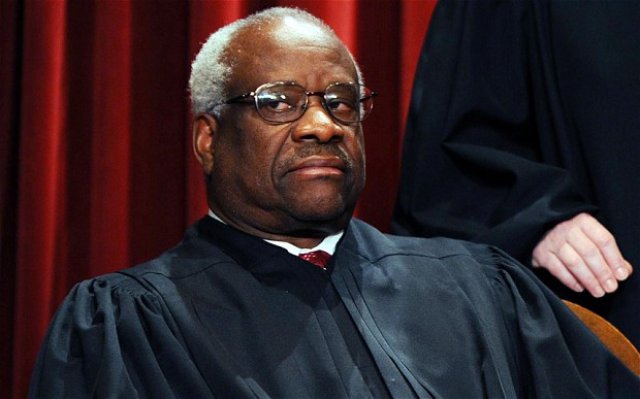
The United States Supreme Court ruled on April 22 that states can ban affirmative action in admissions to their public universities.
At issue was a constitutional amendment passed in Michigan that banned consideration of race in admissions to the state’s education institutions.
States that have banned affirmative action in higher education, such as Florida and California, as well as Michigan, have recorded a significant drop in the enrollment of Black and Latino students.
The racist ruling came on top of last year's Supreme Court that gutted the 1965 Voting Rights Act. Affirmative action and federal enforcement of the right to vote were two legal gains won by the huge Black civil rights struggle of the 1950s and '60s.
Both have been whittled away in the decades since. The Supreme Court’s actions give added weight to racist moves against those gains.
The court's majority used two arguments to justify their bigotry. One was the assertion, first raised by the far right, that the US is now basically a “colour blind” society.
Chief Justice John Roberts echoed this view in the Voting Rights decision, saying, “things have changed dramatically” in the 50 years since that act was passed.
Roberts glibly said: “The way to stop discrimination on the basis of race is to stop discriminating on the basis of race.” He claimed that enforcing the right of Blacks to vote was “discriminating on the basis of race”.
The decision in the recent case was opposed by the court’s two women Justices. Sonia Sotomayor, a Latina of Puerto Rican descent, wrote a sharp dissent. She noted that the earlier ruling on the Voting Rights Act has opened the door for states to place new obstacles to Blacks’ and Latinos’ ability to vote.
In a play on Roberts’ earlier assertion, Sotomayor said: “The way to stop discrimination on the basis of race is to speak openly and candidly on the subject of race, and to apply the Constitution with eyes open to the unfortunate effects of centuries of racial discrimination.”
It is true that the Black upsurge of “The '60s” the mass marches, non-violent sit-ins, and violent uprisings overthrew the South-based apartheid Jim Crow system and won gains throughout the country. But institutionalised racism persists.
This is evident in the patterns of continued de facto segregation in education and housing, rates of employment and unemployment, differences in wages, health and other areas that are there for all to see.
The US is far from a “colour blind” society.
Sotomayor explained that without affirmative action, she would never have been able to attend an Ivy League school and would never have made it onto the Supreme Court bench.
The court’s only Black member, Clarence Thomas, also became a lawyer through taking advantage of affirmative action. In his case, however, he is against any other Blacks being helped by affirmative action. Thomas is consistently on the court’s right wing, as shown by his support for gutting the Voting Rights Act and banning affirmative action.
The other argument the majority used in this new ruling is “states rights”. In other words, it is up to the states to discriminate as they see fit.
This is an old and hoary excuse that goes back to the founding of the US. It was written into the Constitution as a justification for slavery in those states whose economies were based on involuntary labour. It took another revolution, the bloody Civil War, to overthrow this mode of production.
In the period of Radical Reconstruction after the Civil War, the defeat of the slavocracy was codified in the 13th, 14th and 15th amendments to the Constitution.
In the period of reaction starting in 1877 that followed Reconstruction, the Jim Crow system in the South and the de facto racial discrimination in the rest of the country was also justified by “states’ rights”.
The Reconstruction amendments, especially the right of Blacks to vote in the South, were largely ignored. It was not until the great Black liberation movement of the middle of last century that Jim Crow was overthrown.
These two decisions by the Supreme Court further chip away at those gains. They are a further indication of the move to the right in capitalist politics in the US.
[Barry Sheppard was a long-time leader of the US Socialist Workers Party and the Fourth International. He recounts his experience in the SWP in a two-volume book, The Party — the Socialist Workers Party 1960-1988, available from Resistance Books. Read more of Sheppard's articles.]
